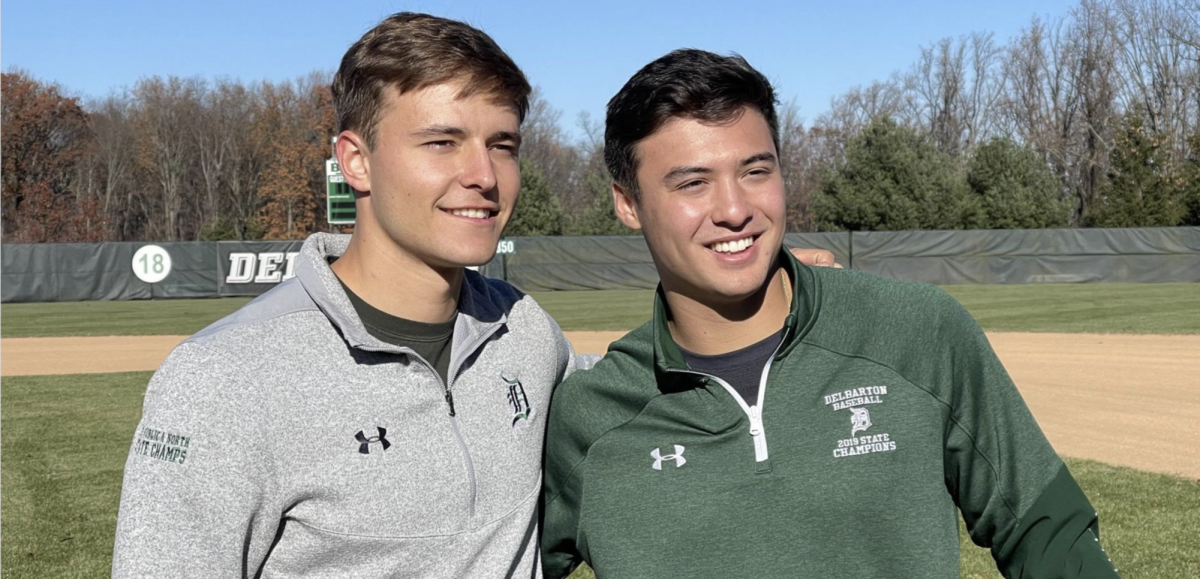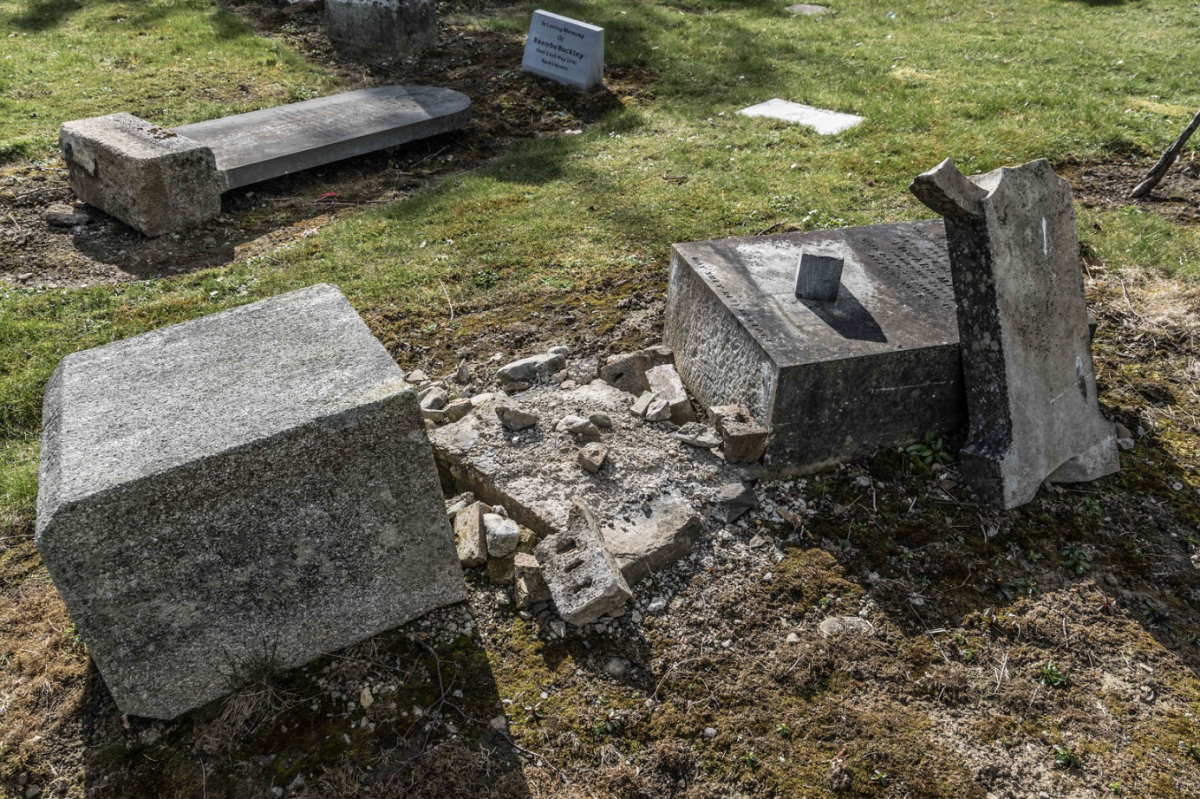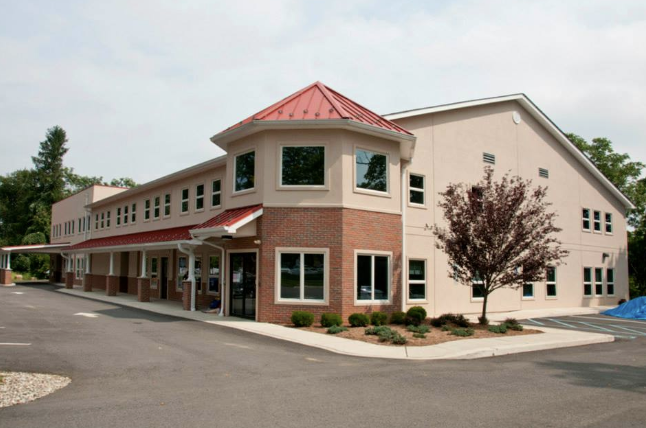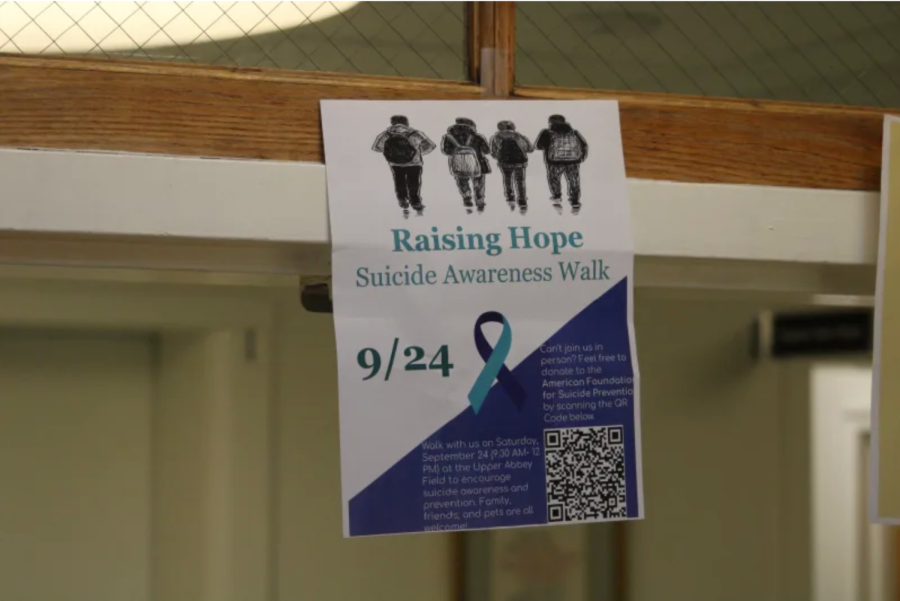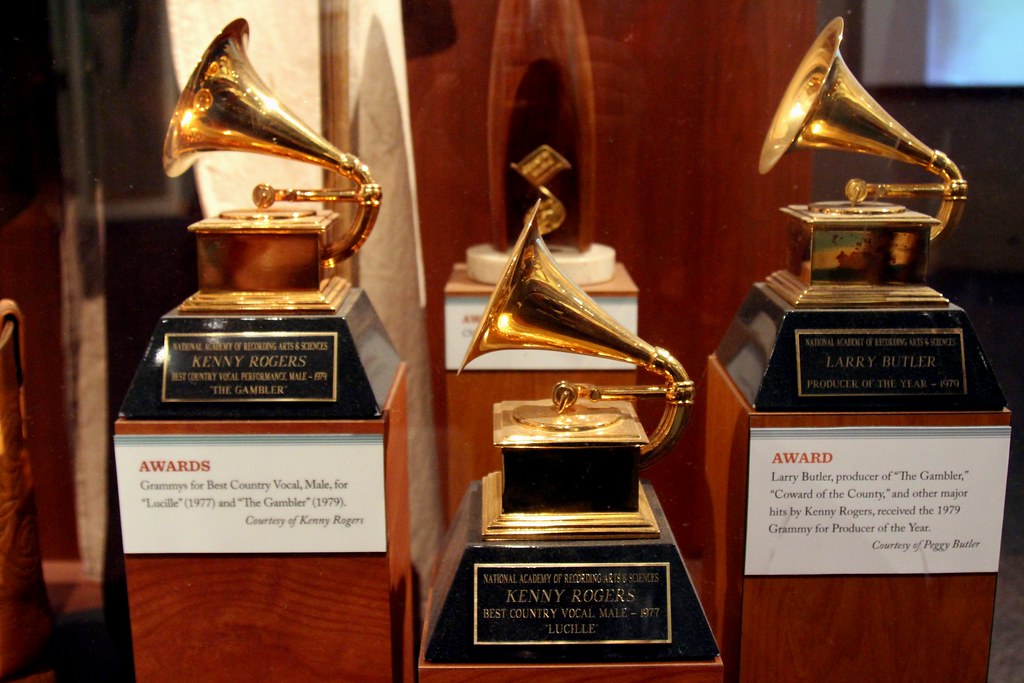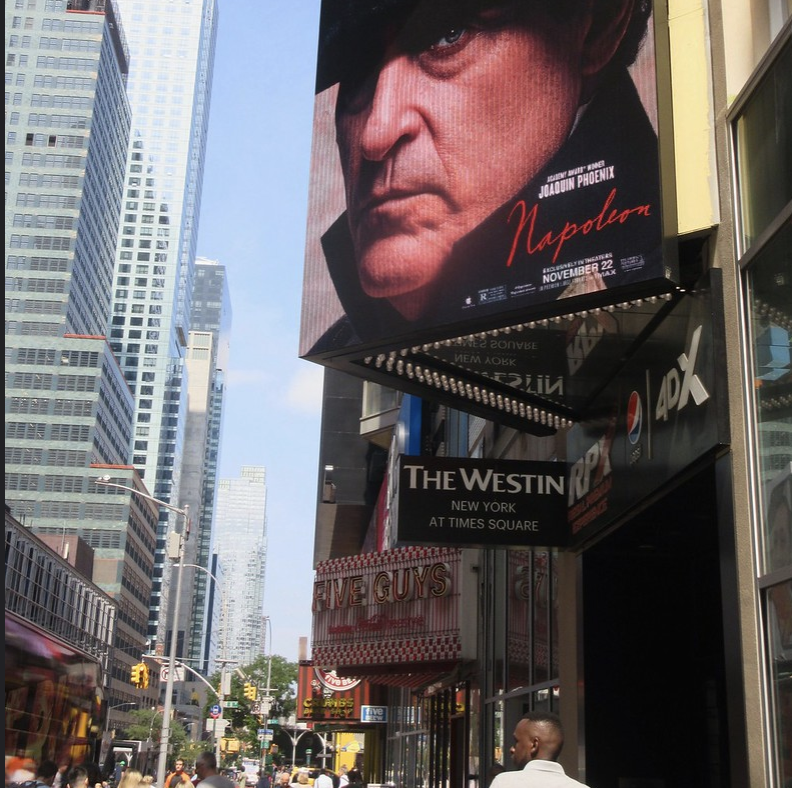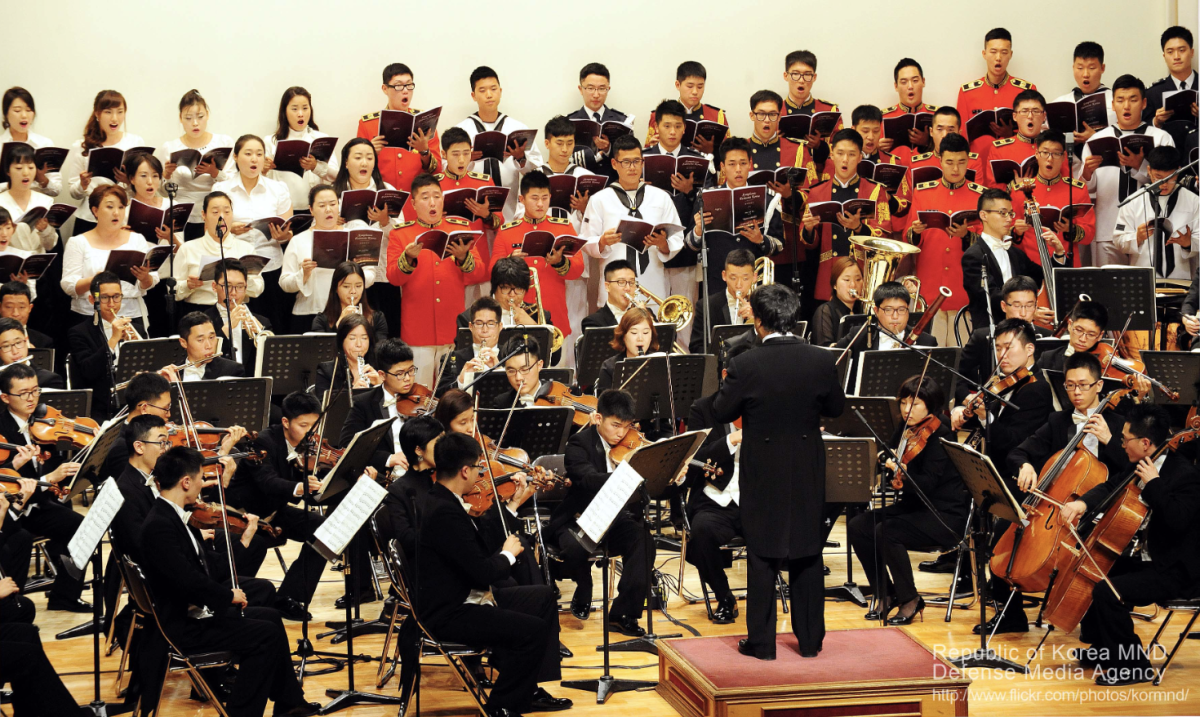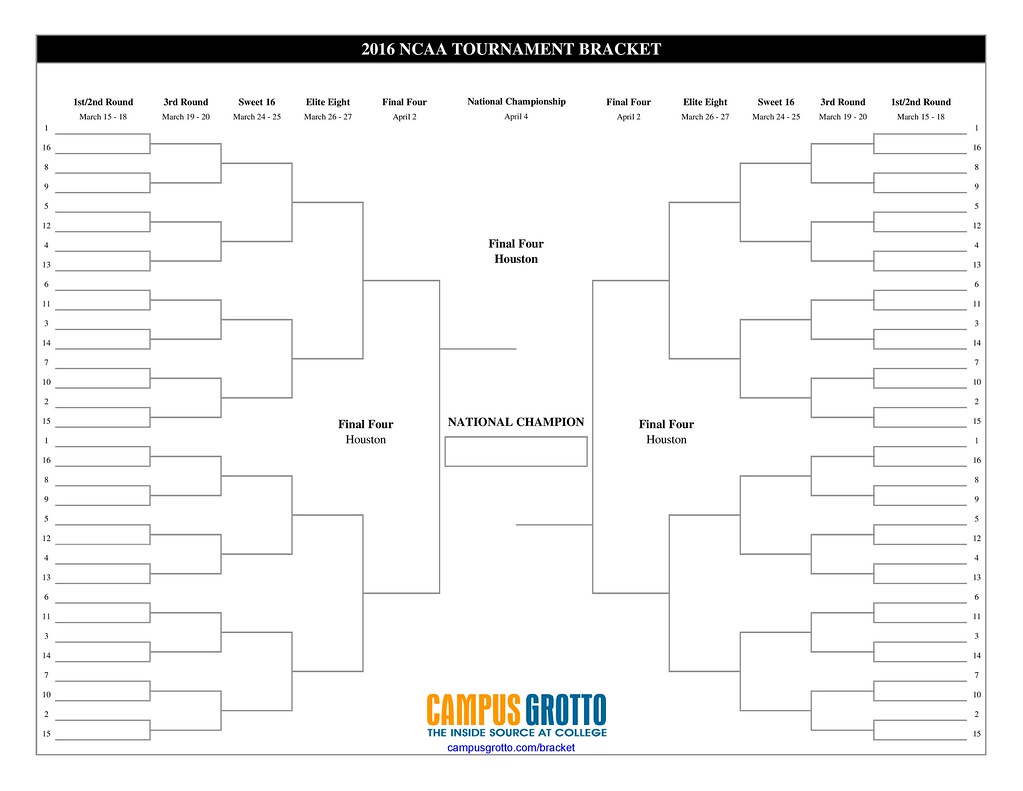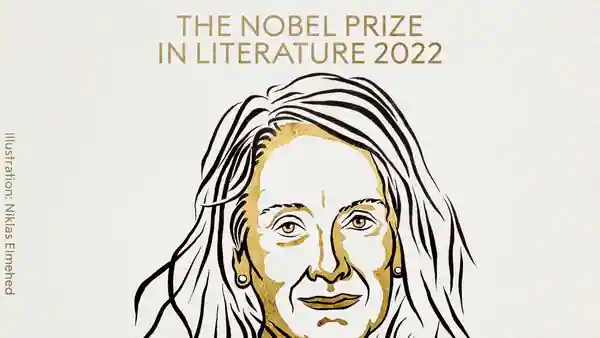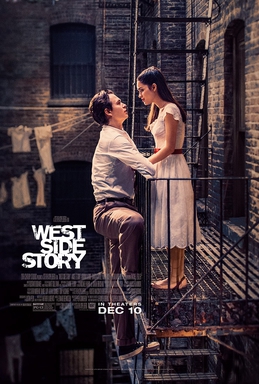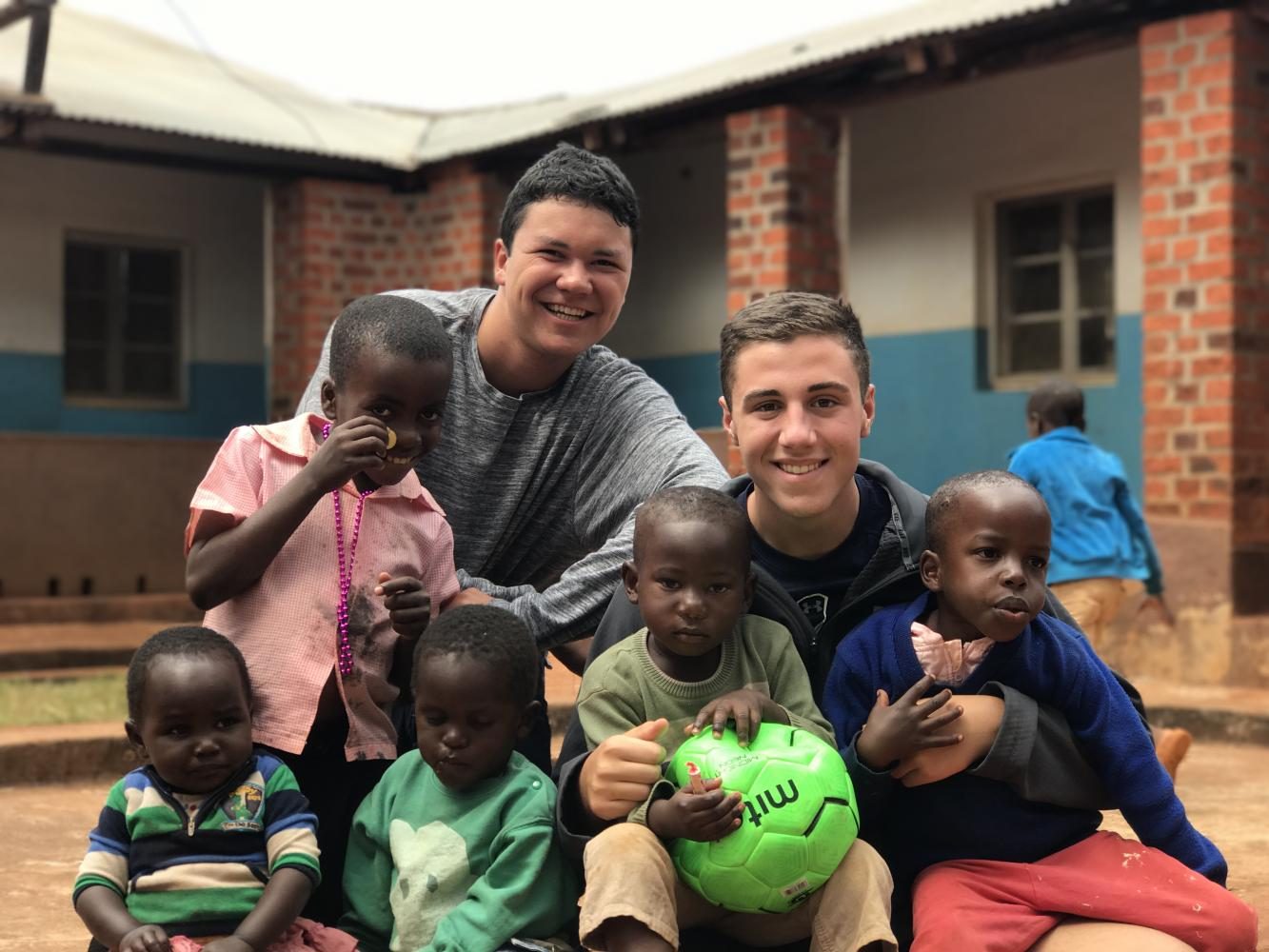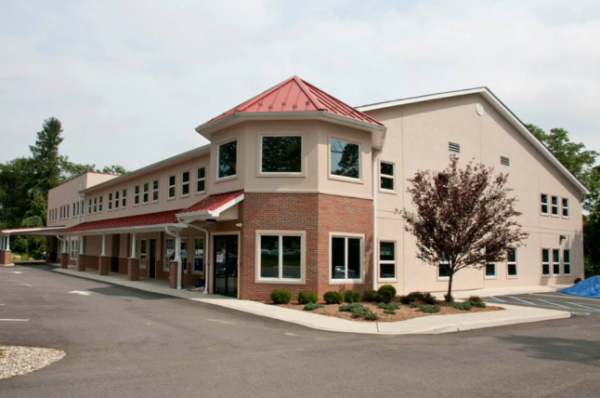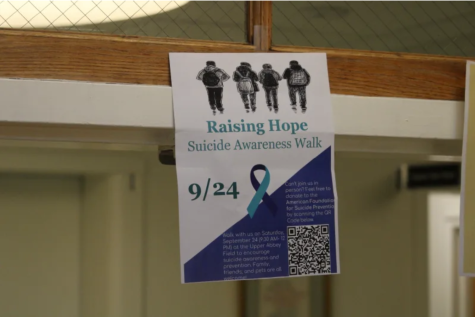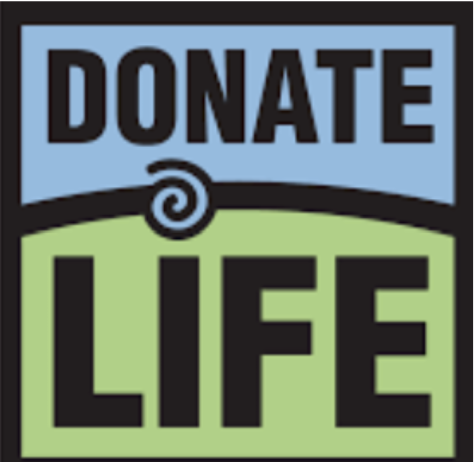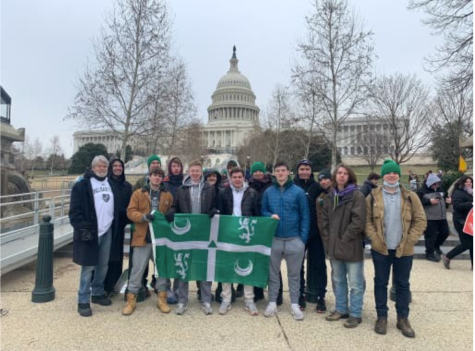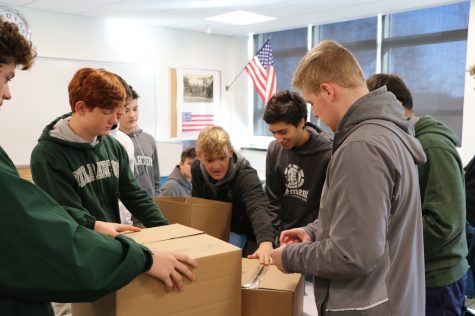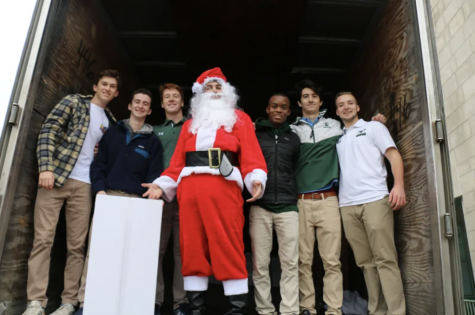My Voyage to Tanzania
A Summary of the BEADS Trip 2017
October 24, 2017
“All you can take with you is that which you’ve given away”- Peter Bailey. This past summer, I had the opportunity to go to Tanzania with the BEADS program. The BEADS program is run by Mr. Brian Theroux, who established The “Benedictines of East Africa and Delbarton Students” about ten years ago. This trip was created to expose Delbarton students to African culture and the Benedictine order in other parts of the world. I decided to go on this trip because of my love for travel and because of my active role in the Abbey Altar’s Association. With this organization at Delbarton, I have grown fond of the monks at St. Mary’s Abbey and the Rule they follow. After learning about the trip at the Travel Fair, I decided to apply. Without hesitation, I signed up and was lucky enough to have been chosen! About two weeks before the trip, I began to pack and prepare myself for the long journey ahead. On June 5th, We left at 6:30 for JFK airport. After arriving at JFK, we got on our Emirates flight to Dubai. This flight was around 13 hours, with a 2-hour layover. After arriving in Dubai, we got on our flight to Dar es Saleem, Tanzania. This flight was around 5 hours, which was, of course, a lot better!
We arrived in Dar es Saleem (the capital city) just in time for dinner and enjoyed some classic Tanzanian dishes. Including rice, pasta, and even more rice. Rice was the most commonly eaten food on our trip since it’s a good carbohydrate and it fills you up. On our first day in Dar, we went to a museum and enjoyed a peaceful day at the beach. The waters in Tanzania are crystal clear and are much warmer than the waters at the Jersey Shore! After a few days in Dar, we took a plane to the small town of Mbeya where we spent the night, to prepare ourselves for our long journey to Hanga Abbey. The trip took all day and was made fun with music, waving to locals, and enjoying the amazing African scenery. Hanga Abbey is one of the few Benedictine communities in Tanzania. The Abbey runs three schools, a water bottle company, chicken farm, and grows different crops to be sold to the public. Their crops consist of bananas, pineapples, sugar cane, and other cash crops. The Abbey is essentially self-efficient and covers a significant portion of the area.
On our first day at the Abbey, we visited the three Benedictine schools. The Abbey runs two secondary schools; one for girls and one for boys. The Abbey also manages a vocational school, which trains students for specific professions. The students we met were very kind to us and greeted us with hugs and traditional Swahili greetings. We ended the day with a soccer match against the all-boys school, which was very challenging!
After spending a few days with the students in Hanga, we departed for Chipole where we stayed with the nuns at the St. Agnes School. There we visited the convent, the secondary school, and the orphanage. We arrived late at night and were greeted with a feast and a dance party with the students. The following day we spent some time at the school where we sat in on several classes and learned the basics of the African school system. In the afternoon, we went to the orphanage; which was one of my favorite parts of the trip. We spent time with the toddlers and babies there, and gave the older children plenty of toys and candy! The children were happy to play with us, and we were equally as glad to see their smiles and personalities shine brightly. We ended our time in Chipole, with a big celebration with the nuns and school students.
The following morning, we began our trip back to Hanga Abbey where we performed service projects with the school’s students. Our first stop was at St. Benedict’s School, where we delivered books and lab supplies. The girls were happy to see their new school supplies and so grateful for our gift. They were so excited to see their new books and supplies and were thankful for our very generous donation.
The following day, we went to Cologne School for Boys. Our task was to lay bricks on the floor of a new classroom at the school. We collected bricks from a nearby field and moved them to the site of the classroom. A few of us went down to a nearby water supply to gather water for the bricklaying. The water was used to make the soil moist, so it was easier to manipulate. We then proceeded to level the ground and place the bricks. Finally, a wooden plank was used to level the bricks and set them in place. By the end of the day, we had laid an entire floor and were grateful to have done something special for the school and the students.
We spent a few more days at Hanga before making our way to Imiliwaha. Following a long journey, we arrived and were greeted by the nuns who had prepared a feast for us. After a large lunch, we went to the hospital run by the sisters. This hospital is assisted by the East Africa Ambulance Project who provides funding to buy ambulances for the hospital. After touring the hospital, we returned to the convent and had a fantastic dinner. After dinner, the nuns danced and sang for us, demonstrating their gratitude for all that we had done for their hospital. The following day, we began our trip back to DAR.
After spending a few days in DAR, we began our long voyage home to America. On the flight back from Africa, I reflected on the amazing events that I had witnessed and participated in while on our trip. This article reflects only a sliver of my time in Africa. From this journey, I have gained a greater understanding of what it truly means to be a child of God. Life is not about material possessions; life is about God and family. Too often, we may think that the people of Tanzania are miserable because they don’t have the newest iPhone or the latest TV set. My trip helped me realize that life is happiest when it’s the simplest. What I will strive to do every day for the rest of my life, is to worry less about earthly matters and spend more time on the heavenly matters. God has shown himself to me more through this trip and has helped me to realize that a poor man is a man without God, and a rich man is a man with God. “Whatever you are doing, that which makes you feel the most alive, that is where God is” – St. Ignatius. So if you were ever wondering if you wanted to go on the BEADS trip, I hope this article has helped you gain a better understanding of what the trip is all about.
